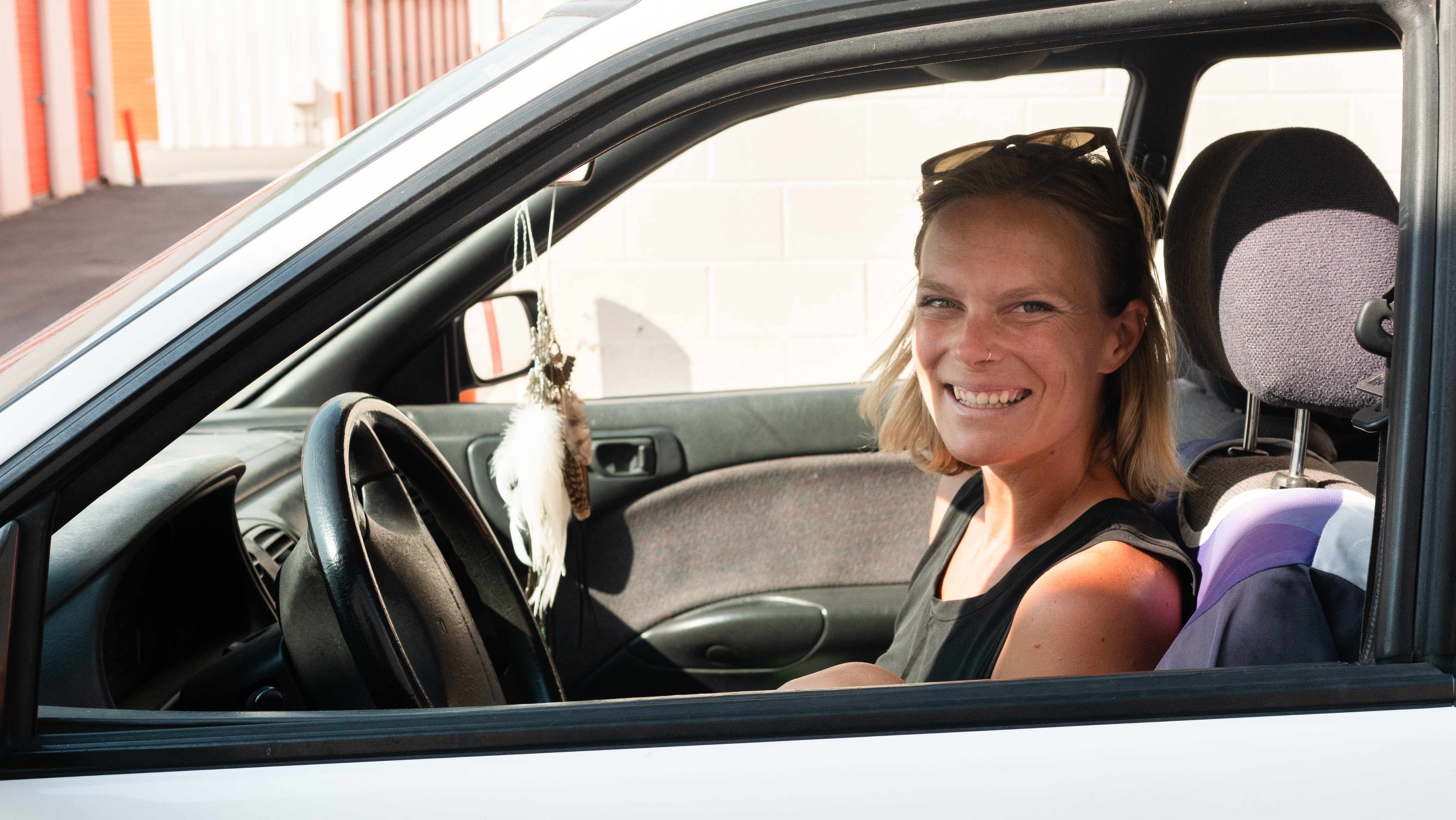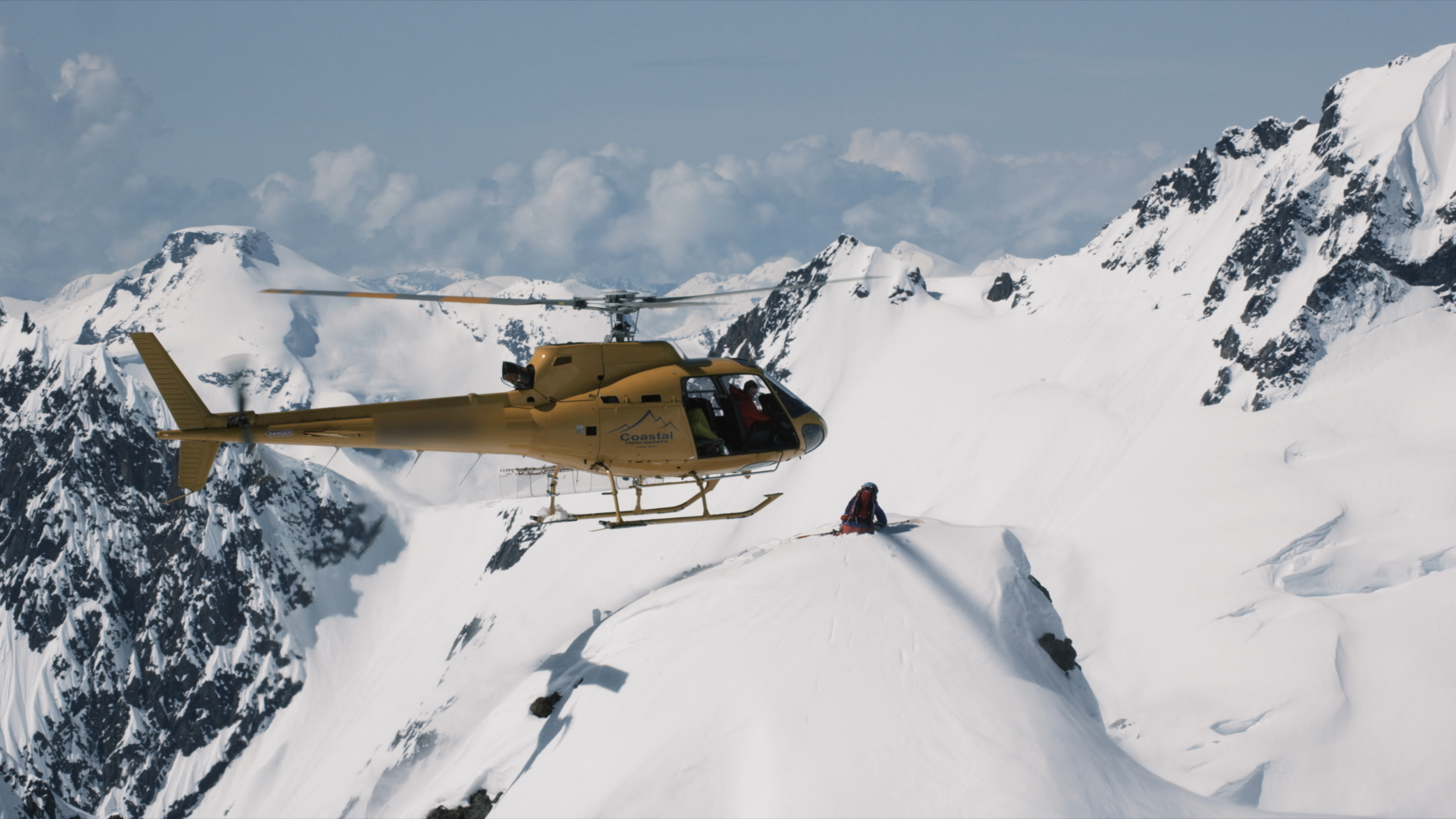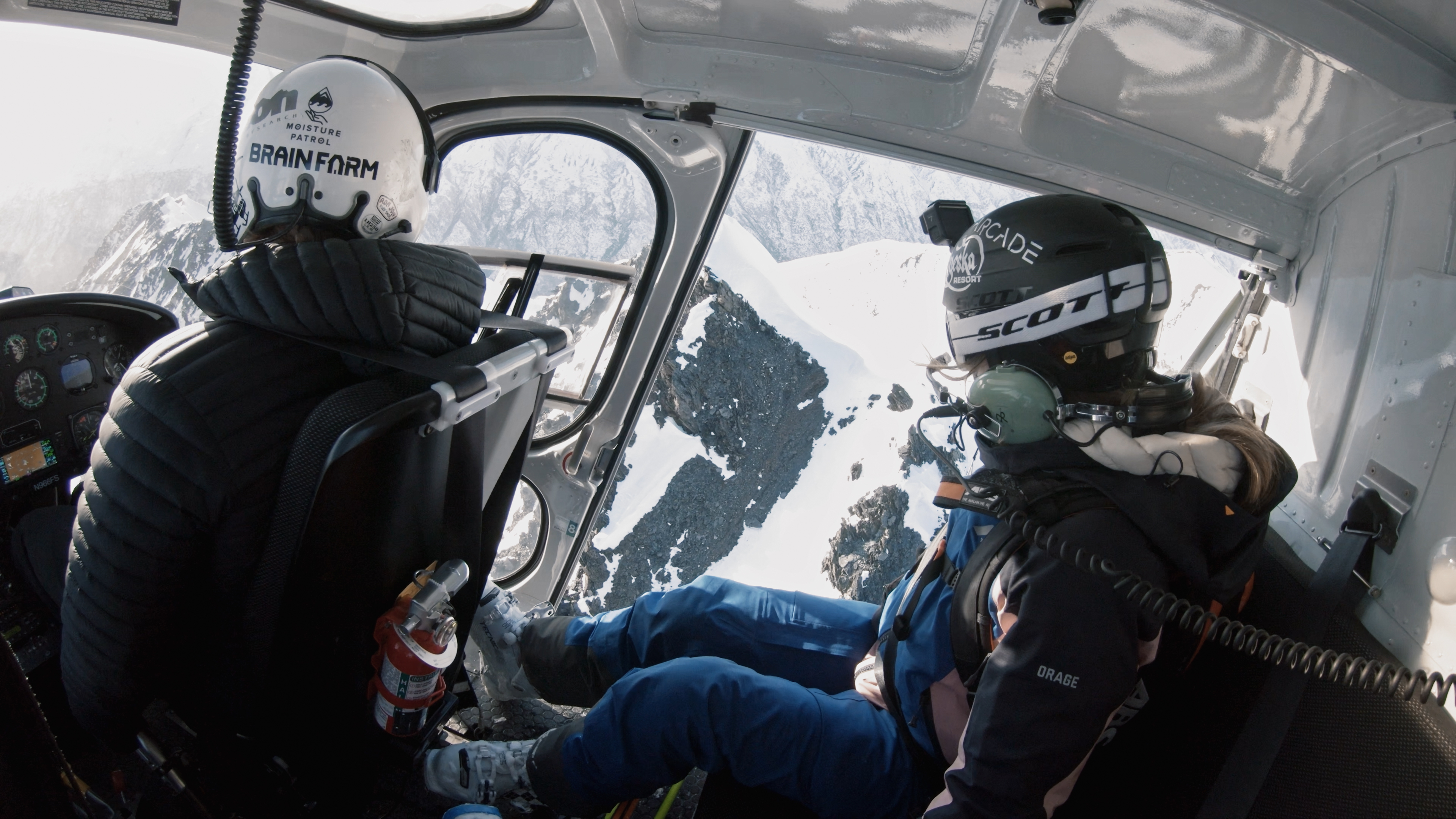
Many times over the course of her illustrious free-skiing career, Angel Collinson stood atop mighty mountains looking over slopes that went thousands of feet down. On many occasions, the routes had never been attempted before. In Alaska’s Neacola Mountains she scored a run that made her the first female athlete to win the coveted “Best Line” award from Powder Magazine. But before shoving off and flying through mounds of untouched snow she was able to find moments of calm — through the practice of meditation.
You don’t need to be facing extraordinary circumstances for meditation to be a powerful tool. The mind is one place that we can never escape, so it’s worth putting in a little work to make it a pleasant landscape. As Collinson notes, meditation can bring you clarity, calm, and focus in all sorts of moments — from mundane to massive. This summer her story is spotlighted in Jimmy Chin’s Nat Geo series “Edge of the Unknown” which you can stream on Disney+.
Below you can find Uproxx’s conversation with Collinson about her personal path to peace, as well as a few tools that will help you start your own.

How did you first hear about meditation?
My mother was really into Buddhism and as I was growing up I learned about meditation through her. There were books lying around the house that I picked up and studied. But I grew up and forgot about it for the most part. I was into my skiing career and it came back to me. I was hearing about it from some friends and my boyfriend at the time was a mindful person.
What was your personal starting point?
I was told that I could start off slow, with the idea that all meditation has to be is one breath in and out. I think that was good advice. From there you can grow at your own pace, like perhaps focusing on two or three breaths instead of one. Next thing you know you are meditating for 30 seconds and then a minute. There is the term Kaizen which I think applies — putting these small incremental steps towards success or a goal so it doesn’t become overwhelming.
How did you use meditation when it came to your sports and what do you think it brought to your ability to grab onto opportunities?
I believe that meditating has had a profound effect on how successful I have been able to be. It allowed me to be present and to focus on what was happening on the mountain with no clutter. I use meditation as a self-check, it gives me the keys to really find out how my body and my mind are feeling.
There is no outside distraction in those moments and those can be the moments when I first realize that I’m tired or not really able to focus. If that’s the case, I might be really saving myself from a bad situation up on the mountain.

Did it help you see your way into the results that you wanted?
One of the big ways that I meditate is to visualize the goals that I wanted to realize. I would picture myself going down the mountain absolutely crushing it. But not only that, I would also visualize what if something went wrong in my performance or in nature. I wanted to be prepared for every single outcome.
The only times that I got really worried is when I couldn’t visualize it at all. That meant that something was really wrong or off, and perhaps I shouldn’t attempt it.
Once you realized that you were benefiting from meditation how did approach elevating the practice and leaning into it?
I started doing it every morning, but beyond that small focused approach, I didn’t have any kind of greater practice that I was doing… at first. I was probably meditating for ten years with no specific practice or teacher that I was following. That was pretty similar to the way that I approached the big mountains that I skied. I never attempted to take one on until I was sure that it was well within my abilities. There would be the time that people would say that I was ready, and I would add on a year to that.
Once it was time to meditate more, and dedicate more time to it, I was doing it in the morning and in the evenings. The next step was to get certified in Transcendental Meditation.
How does breathwork fit into your practice?
I am a huge fan of breathwork and was doing all sorts in the beginning. I thought they were working but that was until I was taught how to really do it. I was invited to this special camp by Red Bull since I was one of their athletes. They bring in all of these experts like Navy SEALs and coaches to run you through a gauntlet of programs. They have a heart rate monitor on you the whole time and they gave us different practices to try to see how they helped us deal with stress and fear.
One of the other tools that they gave us that really helped me was focusing on small moments in the present. I would focus on buckling up my boots, then zipping up my won jacket, and so on. These small actions that helped you be more present. The next thing I know I am flying down the mountain, focused in every single turn.

Why would you say it’s important to practice often if you are able?
The reason that I feel like it is so important to practice often is so you can find your space quickly. In an ideal world you are able to jump into that place of calm, and everything will slow down for you. That comes a lot easier once you have been done the road a few times, and even gotten there down a few different roads. It doesn’t always work for me, and I think it’s that way for a lot of people. You aren’t always going to be able to get there, but that is a part of the process. I use it when I need it like I’m nervous about a particular situation or I’m having a hard time focusing. You don’t always get to pick and choose those moments, so being able to unlock that space quickly is helpful.
Basic Breath Work Exercise: Breathe in for four counts; hold that breathe for four counts, breathe out for four counts, and hold that for four counts. Repeat.
START YOUR MEDITATION PRACTICE ON THE RIGHT FOOT
Biet Simkin, who is a world-renowned Spiritual Teach and best-selling author of Don’t Just Sit There!, has some sage advice for those looking to get in the door.
“There are a lot of teachers out there, and it’s important to find one that really speaks to you,” she says. “Rather than just typing meditation into YouTube or Spotify, ask people in your circles for recommendations. Like Collinson, Simkin agrees that starting with small steps is the best way to make it in the long run. “Meditating, even for just five minutes, is a great way to level up the way you experience this life.”
